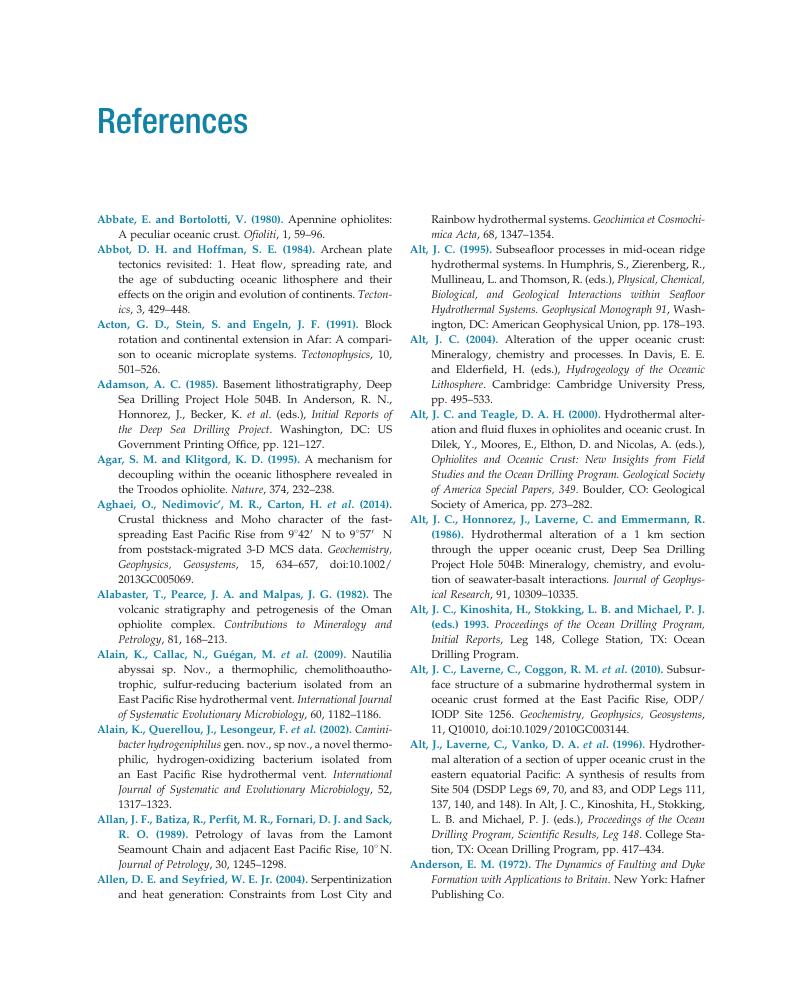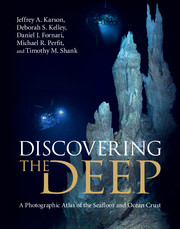Book contents
- Frontmatter
- Contents
- Foreword by Paul J. Fox
- Preface: New views of Earth from below the oceans
- Acknowledgments
- 1 Entering the abyss: oceanographic technology
- 2 Earth beneath the sea
- 3 Diversity in seafloor spreading
- 4 Hydrothermal vents
- Hydrothermal vents Pages 145 to 192
- Hydrothermal vents Pages 193 to 216
- 5 Submarine volcanism: fire beneath the sea
- 6 Dike intrusion and sheeted dike complexes
- 7 Gabbroic rocks: clues to magmatic processes
- 8 Peridotites: windows into mantle processes
- 9 Future research
- Abbreviations
- Figure credits
- References
- Index
- References
References
Published online by Cambridge University Press: 05 May 2015
- Frontmatter
- Contents
- Foreword by Paul J. Fox
- Preface: New views of Earth from below the oceans
- Acknowledgments
- 1 Entering the abyss: oceanographic technology
- 2 Earth beneath the sea
- 3 Diversity in seafloor spreading
- 4 Hydrothermal vents
- Hydrothermal vents Pages 145 to 192
- Hydrothermal vents Pages 193 to 216
- 5 Submarine volcanism: fire beneath the sea
- 6 Dike intrusion and sheeted dike complexes
- 7 Gabbroic rocks: clues to magmatic processes
- 8 Peridotites: windows into mantle processes
- 9 Future research
- Abbreviations
- Figure credits
- References
- Index
- References
Summary

- Type
- Chapter
- Information
- Discovering the DeepA Photographic Atlas of the Seafloor and Ocean Crust, pp. 355 - 400Publisher: Cambridge University PressPrint publication year: 2015



